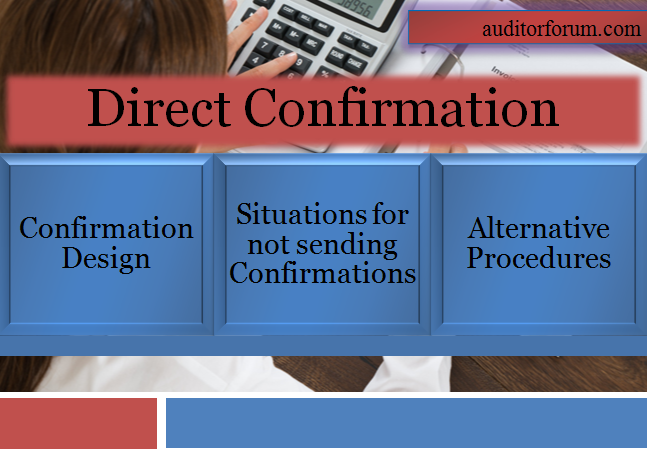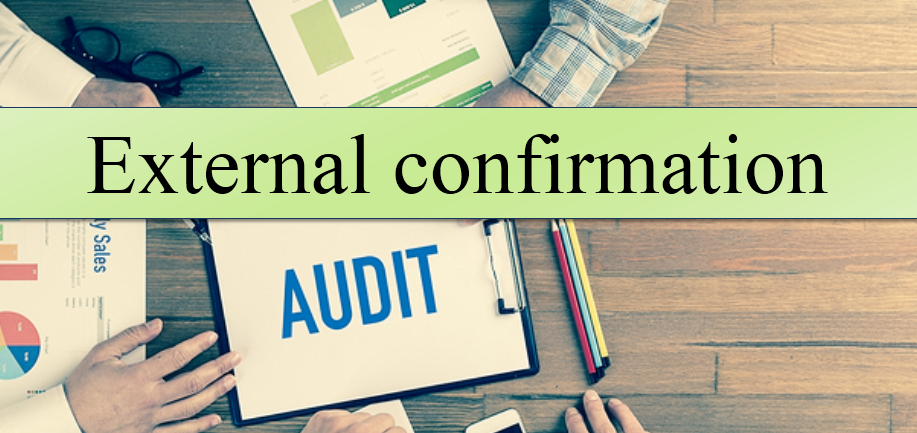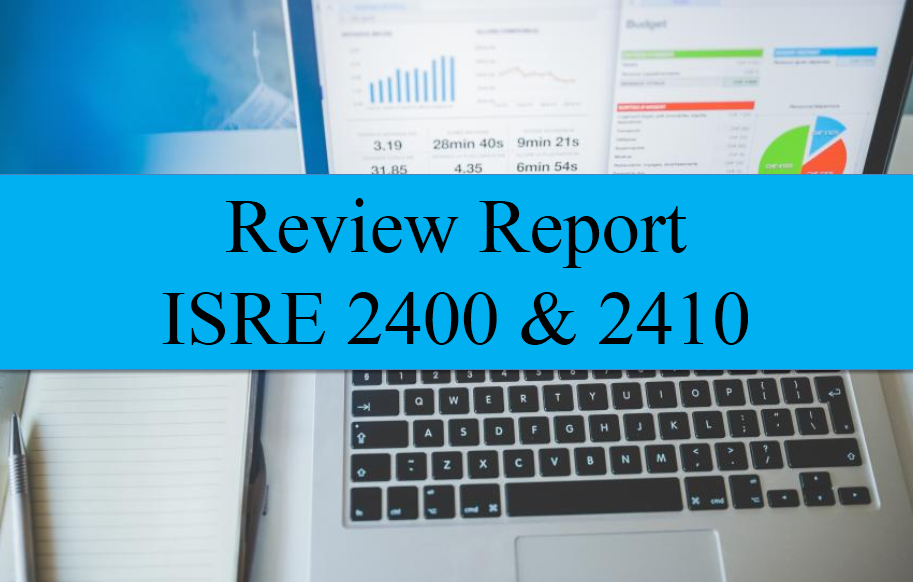External Confirmation: Confirmation of an amount or other information shown in the client’s records by an independent third party provides a reliable evidence of the existence of the amount and correctness of the information, as the case may be. For example, receivables, payable, contingent liabilities, stock with third parties etc.
Direct confirmation: Direct confirmation of balances due from customers are obtained to satisfy the objective of ensuring that the customer exists and owes the specified amount to the company at a certain date.
Confirmation Design
What are the factors that an auditor considers while designing the requests for direct confirmation?
While designing the confirmation request, the auditor considers the following factors:
- Assertions being addressed through the direct confirmation.
- Form of the external confirmation requests (i.e. positive or negative or combination of both)
- Prior experience on the audit of similar engagements.
- The nature of the information being confirmed.
- The intended respondent.
- Type of information respondents will be able to confirm readily.
Situations for not sending Direct Confirmations
State the circumstances in which an auditor may decide not to circulate the requests for direct confirmation.
the circumstances in which an auditor may decide not to circulate the requests for direct confirmation
- The auditor may consider not to circulate the direct confirmation to the customers where:
- accounts receivables are immaterial to the financial statements; or
- the response rate is not expected to be adequate; or
- the responses are not expected to be reliable; or
- Inherent and control risk in aggregate are assessed at low level.
- Audit evidence expected to be gathered through other substantive procedures (e.g. analytical procedures) is sufficient to reduce the audit risk to an acceptable level
- Management requests not to send the confirmation and auditor after satisfying himself from the reason and explanation given by the management.
Alternative Audit Procedures
Describe the alternative audit procedures which may be conducted if the customer does not reply to a request for confirmation.
The auditor may perform one or more of the following steps:
- Check receipt from customers after balance sheet date.
- When there is no receipt from customers after balance sheet date, the auditor should consider the following audit procedures:
- Verify validity of purchase orders, if any.
- Verify goods dispatched note other documents duly acknowledged by the customers.
- Obtain explanations for invoices remaining unpaid, if any, after subsequent one have been paid.
- To examine sales near the period end to provide audit evidence about cutoff assertion.
For more information and knowledge on this topic keep visiting auditorforum.com. External confirmation is discussed at Auditorforum.com in detail in further posts.We are keen to know your feedback.







